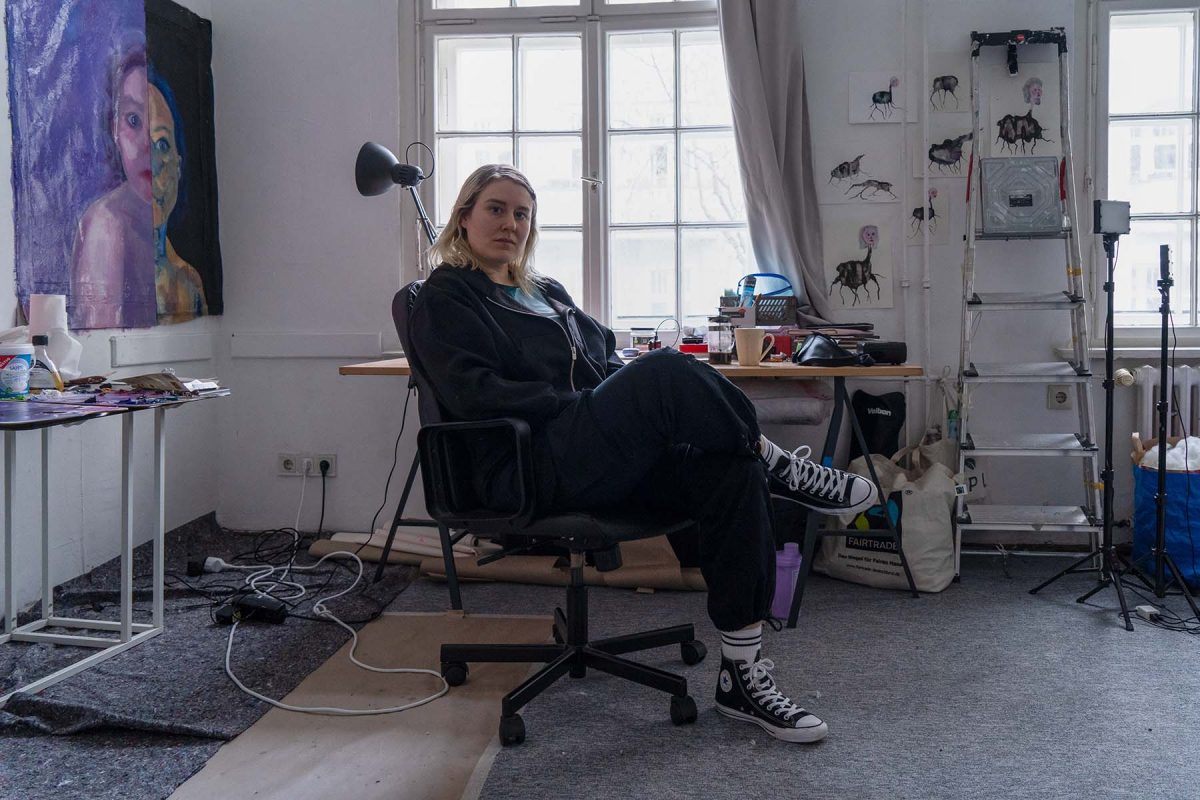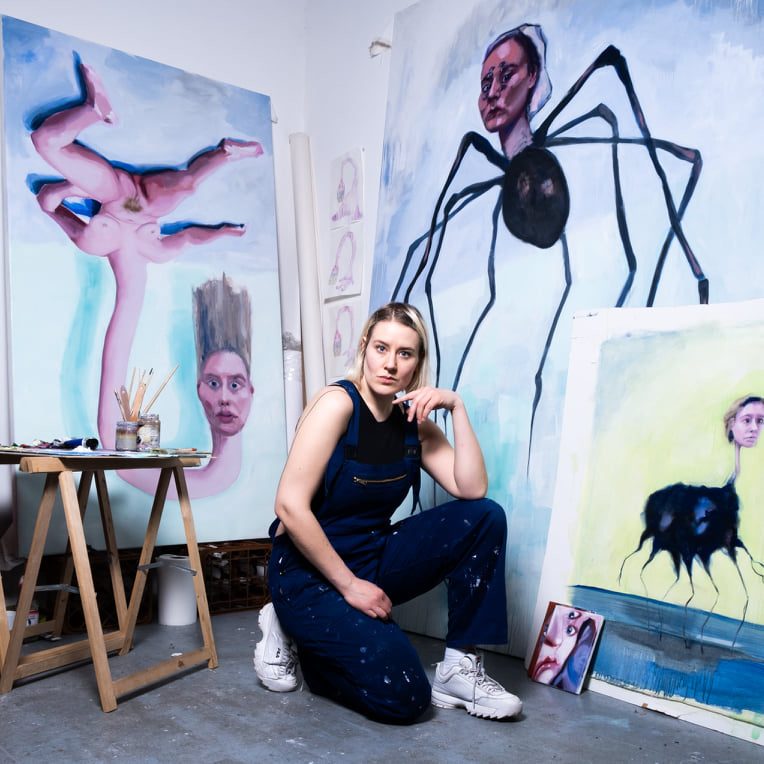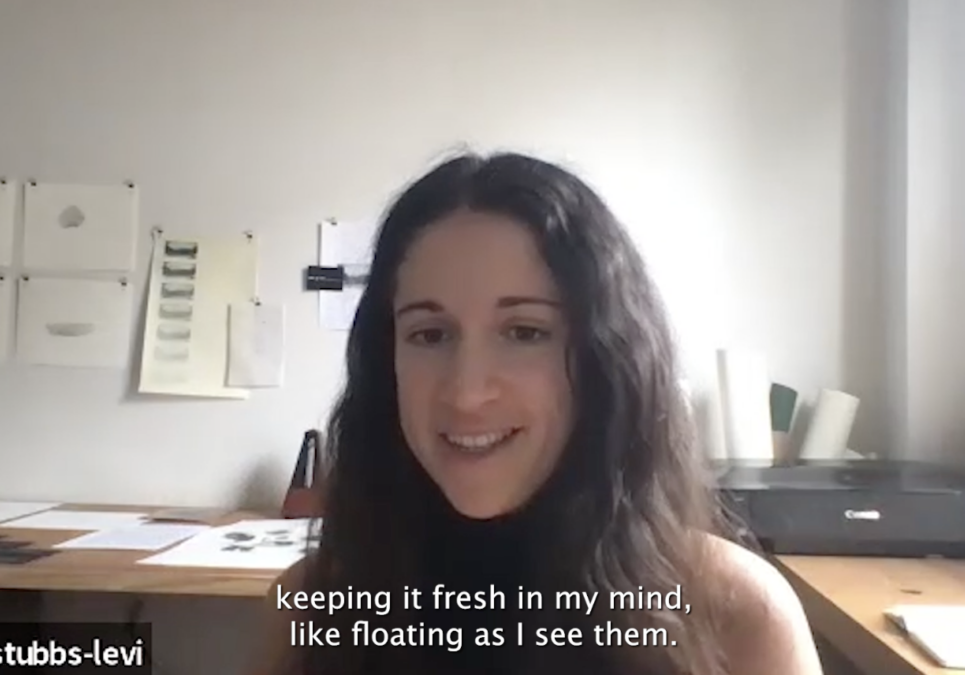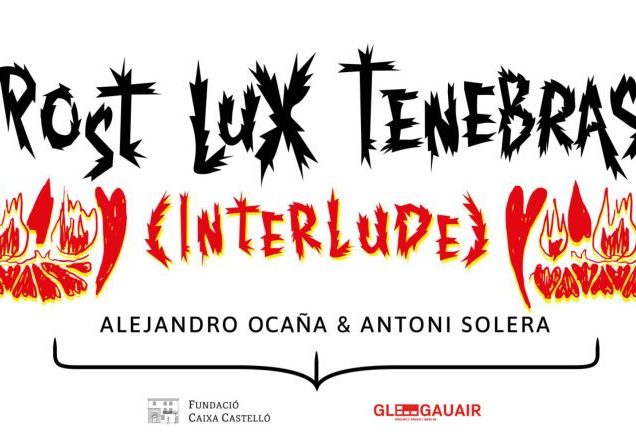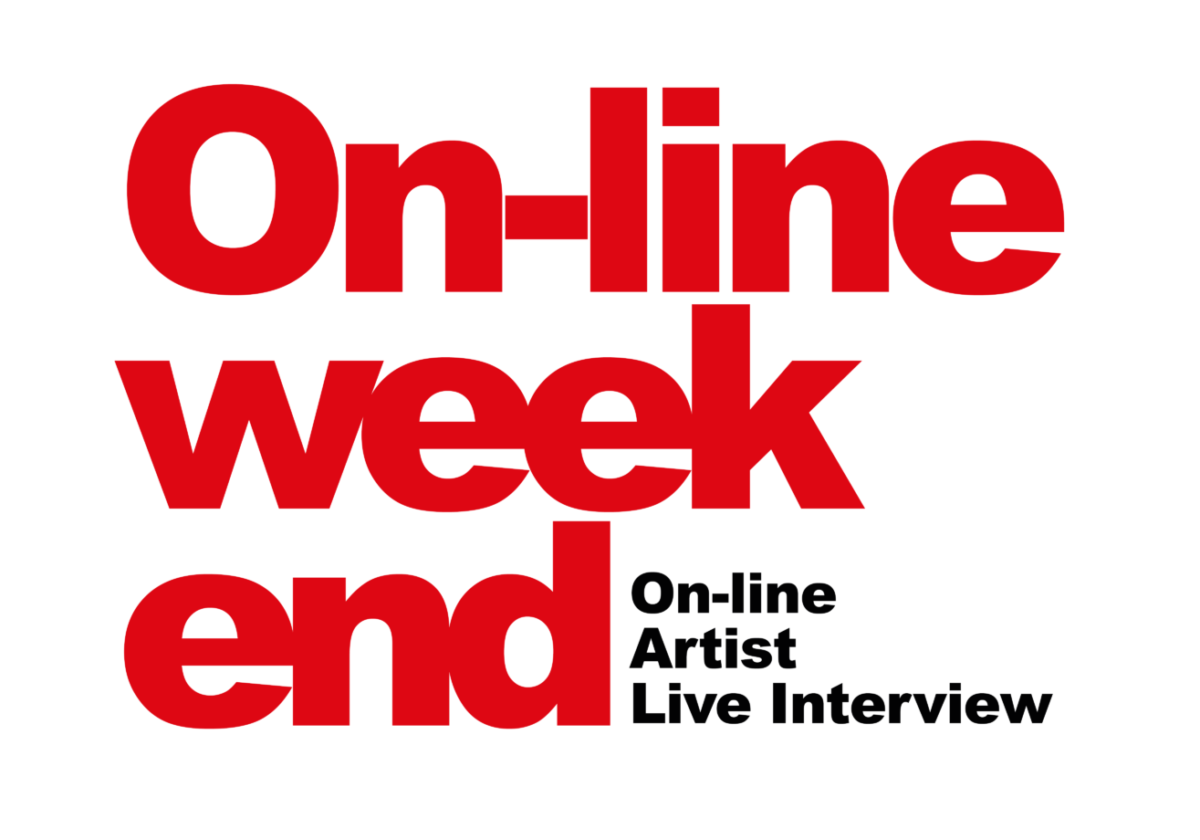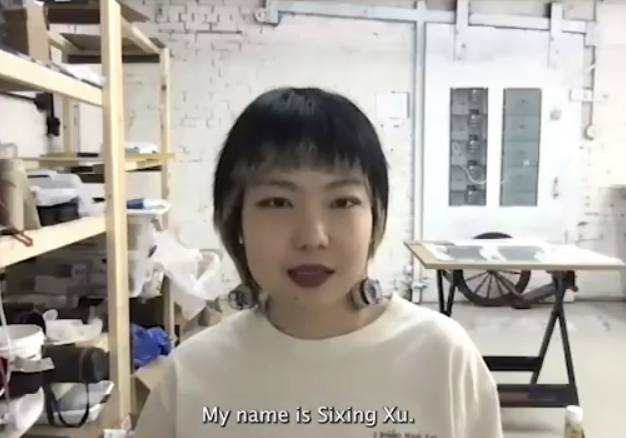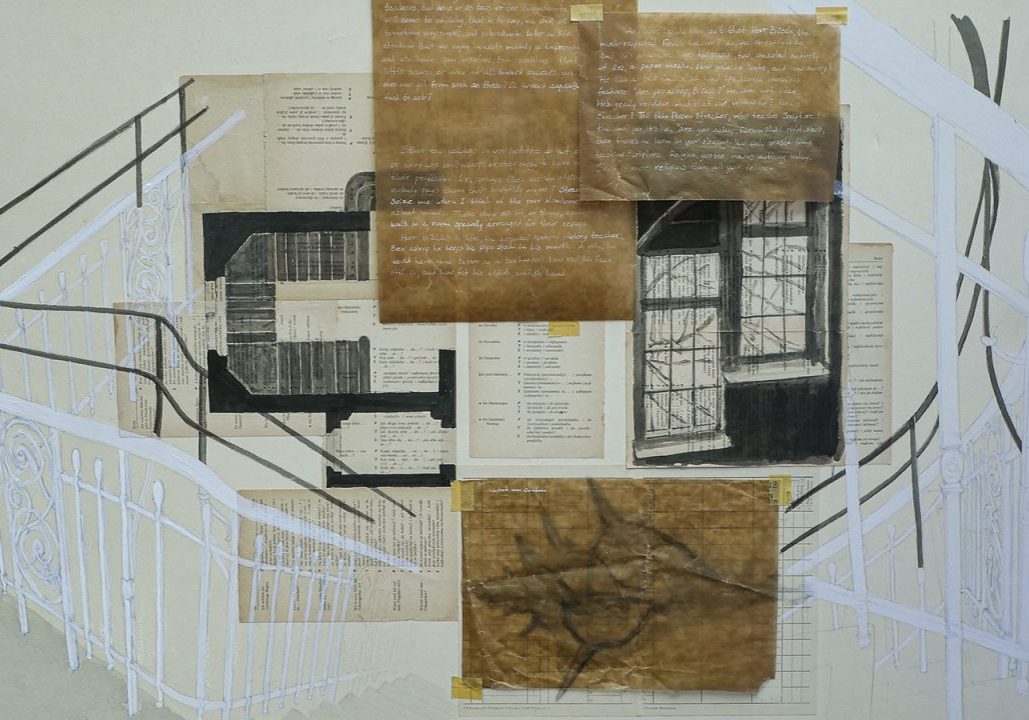Meet the Artist // Hildur Henrýsdóttir
Hildur Ása Henrýsdóttir, born in Þórshöfn, Iceland, is a multidisciplinary artist based in Berlin, Reykjavík, and her hometown. She offers a candid exploration of the feminine realm in her practice, challenging notions of perfection and delving into the intimate bonds between individuals and their bodies and emotions.
Her artworks provide an unfiltered glimpse into personal experiences, dismantling taboos and blurring boundaries between the private and the public. Through depictions of nudity and vulnerability, often featuring herself, Hildur embarks on an introspective journey, navigating the complex relationships between her inner self, her physical form, and society.
How would you describe your artistic practice?
I’m Hildur Henriksdóttir from the northeast of Iceland and I’ve been living in Berlin since 2019. I’ve been practicing art since probably 2016 when I graduated from art school. I do paintings and sculptures and performance art, videos, whatever I feel like . My practice is autobiographical and multimedia, even though now I am currently working on paintings.
In art school I started mainly painting, but I graduated from fine arts and I was taught more than just painting and that is when I started to experiment with different media. I started experimenting in oil painting, watercolors and then making soft sculptures, big dolls made of stockings and stuffing, in human size. I often include photographs and video, but in a performative way. So I would say my practice is multimedia and I love to mix everything together when I have exhibitions.
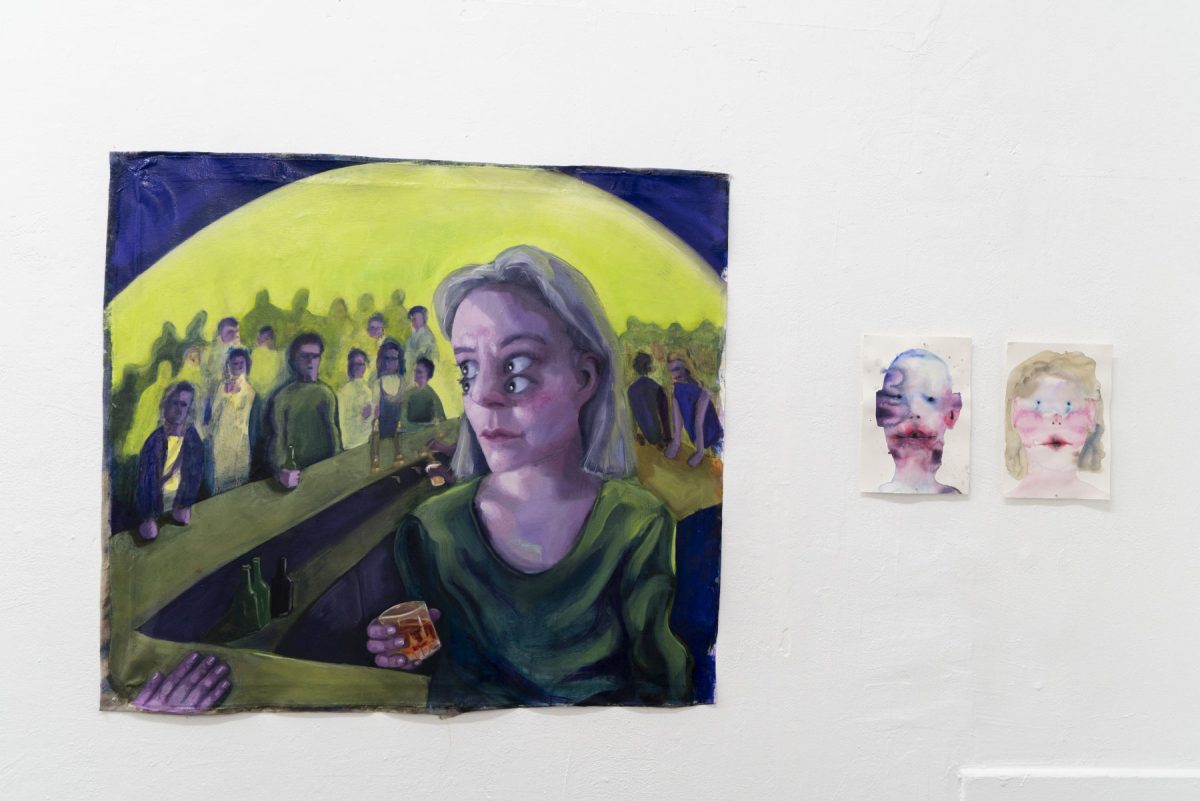
I think, for example, my color palette in watercolor and oil have a very different approach. In watercolor, it’s often very soft, pink, fleshy… it’s just about vulnerability and nudity. I often like to contrast it with a really strong red ink representing blood, injury or pain.
In the oil paintings, it’s something that I’m just kind of developing. I’m experimenting with a more intense range of colors to express some kind of extended intense emotions or situations.
My conceptual statement is normally about myself, my anxiety, my bad luck in love and romance, the need to feel accepted, vulnerability and feminism. Sometimes everything comes down to the expectations that patriarchy puts on those who are not male, cis men, obviously these structures are affecting our daily life.
And what inspires your work?
Mainly feelings, emotions and dreams. I want to be a little bit more expressive and I feel like using dreams and emotions gives me a new way of getting ideas. I think I use my own feelings from the most simple to the most complicated ones. This gives me a way of digesting them, and learning how to understand them a little bit better.
My work also has a funny character since I use humor and jokes as a coping mechanism. This humor has been present in my life since I was a kid because I was afraid that somebody would make fun of me and so is my art.
I don’t come from an artistic family background. When I was a kid, my family and I lived in a rural area without access to shops. I started crafting my own toys, like boats or small houses, and spent a lot of time playing outside. I think this really sparked my creativity in many ways.
As I grew older, I became deeply interested in acting. My mom was part of an acting group in our small town, and I loved watching her perform and sing. Eventually, I began to perform myself, which I believe marks the beginning of my artistic journey.
I continued acting while studying in college, but eventually grew tired of it. After college, I pursued preparatory studies in fine arts, and somehow found myself drawn to painting.
Interestingly, I still dabbled in acting, so my journey was always somewhat performative. It all came together in what I’m doing now. It wasn’t a linear progression; I resisted the idea of becoming an artist, lacking role models or artists in my surroundings.
That part of my journey fits in when I started attending the art academy in Iceland. Coming from a non-cultural background, I felt out of place amidst the conceptually-driven atmosphere. I felt pressured to come up with grand conceptual ideas, which only fueled my anxiety.
The overwhelming anxiety led me to create works centered around anxiety itself. It was the only thing I could express. I also explored themes of body dysmorphia, criticizing and poking fun at my own insecurities.
So, my early works were very self-focused, but with a touch of humor.

How do you see your art fitting in the contemporary art world and in the contemporary art market?
At some point, I didn’t see my art fitting into the Icelandic art scene because it’s just different. It feels like in Iceland, there’s a bit of playful conceptualism rather than a focus on serious elements like oil painting or figurativism. That’s one reason I decided to move elsewhere, to experience more diverse presentation styles and ways of creating art. I’m still figuring it out. I think it’s because what I’m doing is very personal, yet I’m also creating oil paintings that could be commercially viable. I believe my work is personal and relatable to others. It’s something I’m still discovering. I’m not aiming for commercial galleries per se; it’s not my primary goal. While it might not directly answer the question, I think my work can spark dialogue and resonate with many shared human experiences. It’s relatable and approachable, perhaps not laden with complex theoretical concepts, which could potentially broaden its appeal to a wider audience.
Does the city of Berlin have an impact on your production?
I’d say Berlin does have an impact on my work, but maybe not in the most direct way. It’s more about the subtle influences it has on certain narratives I explore. You know, the whole vibe of the city and its relationships, it’s kind of weird. Feeling unwanted, getting ghosted, navigating through unconventional relationships like polyamory – it’s all part of this Berlin experience.
It’s like this culture of ‘liquid love,’ where everything feels transient. Love, relationships, even bodies – they’re all just commodities you consume and discard. You’re supposed to be laid back, not expecting anything serious or long-lasting because everyone’s just onto the next thing. No one really takes the time to truly connect. It’s frustrating, you know? So, yeah, in that sense, Berlin definitely leaves its mark.
How is the residency, and living with other artists having an influence on your production?
I think it has given me the focus that I wanted and I felt I needed. Being able to have a dialogue with other artists and just getting ideas from each other it’s kind of like going back to school and being in a class with a lot of different awesome people. It is about sharing and caring and supporting.
I think it’s just been really good in that sense. I feel like it just gave me a little time to go back to this practice of oil painting and encourage me and give me focus that I needed. It’s like these three months created the space to go back into that. And I really needed it.
What are your plans afterwards?
I’m going to maintain focus on the paintings I currently have. I’m setting up a new studio, and I plan to dedicate myself to working a lot. I don’t have any upcoming exhibitions, and that’s something I’m actually happy about. Instead of committing to one specific project, I intend to remain focused and work freely without the obligation of a particular project, at least for this year.
